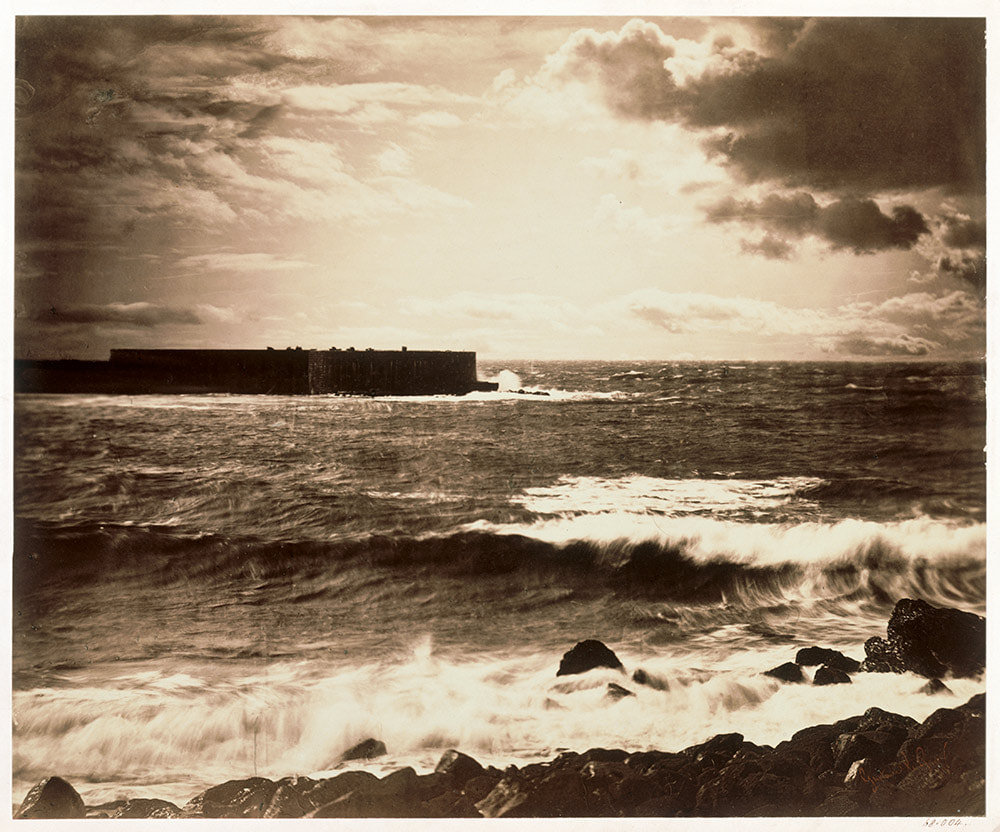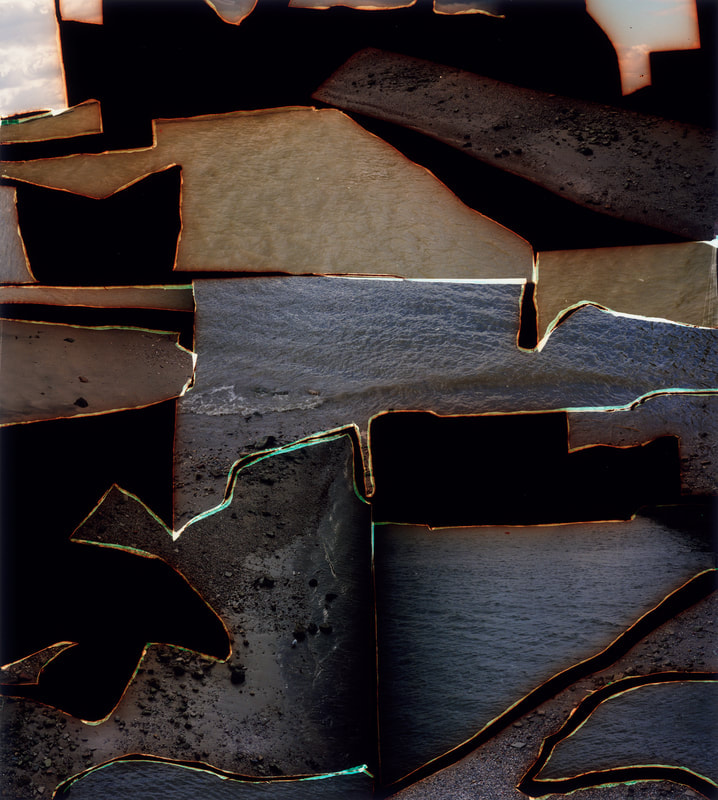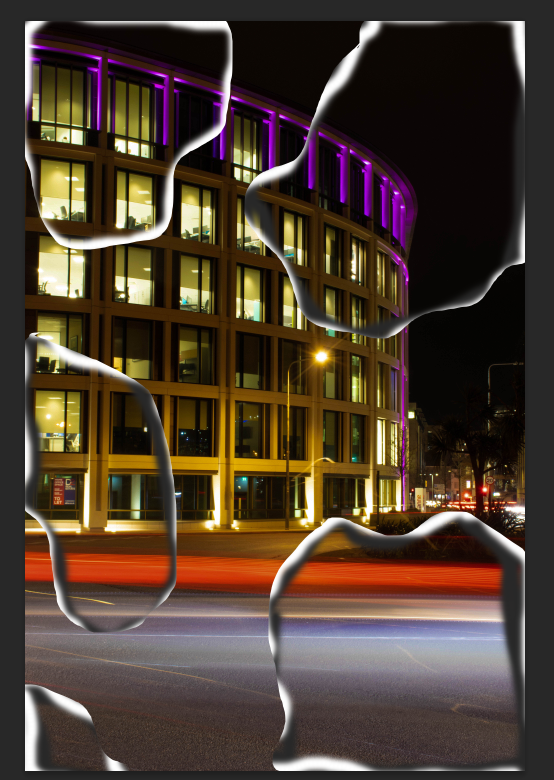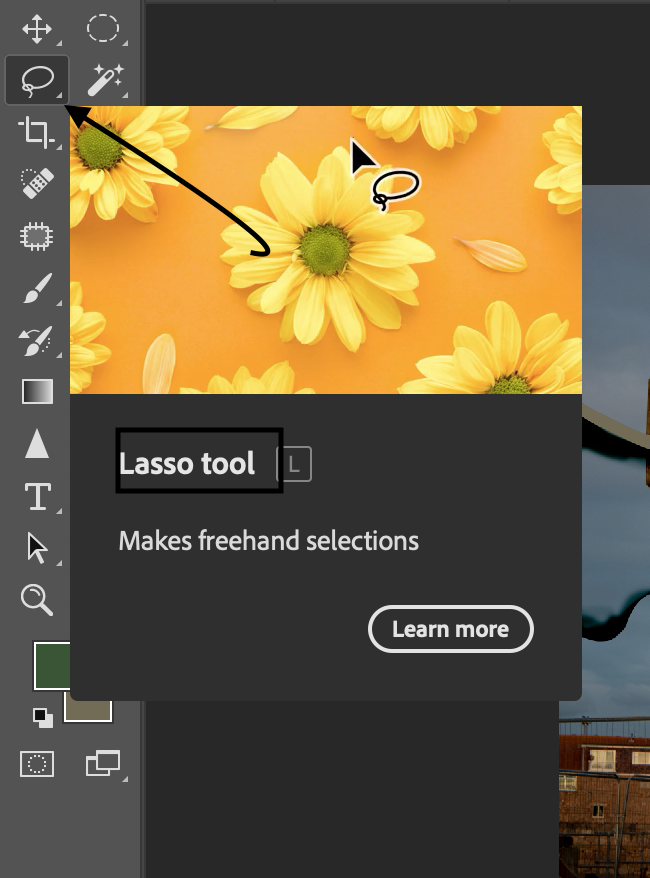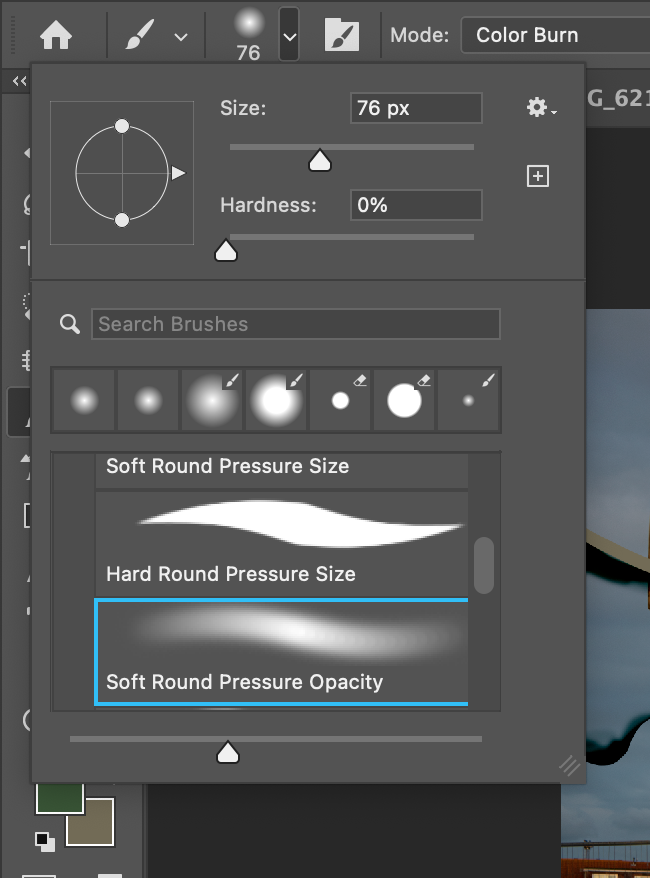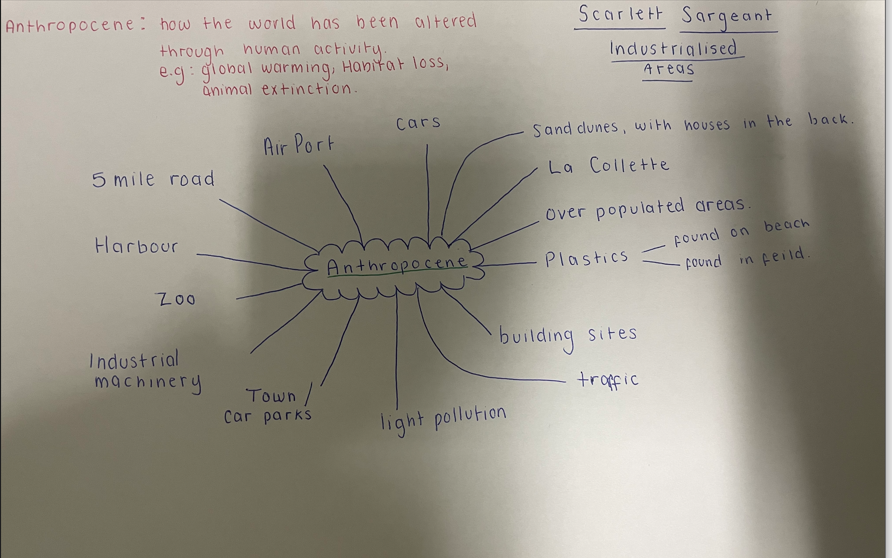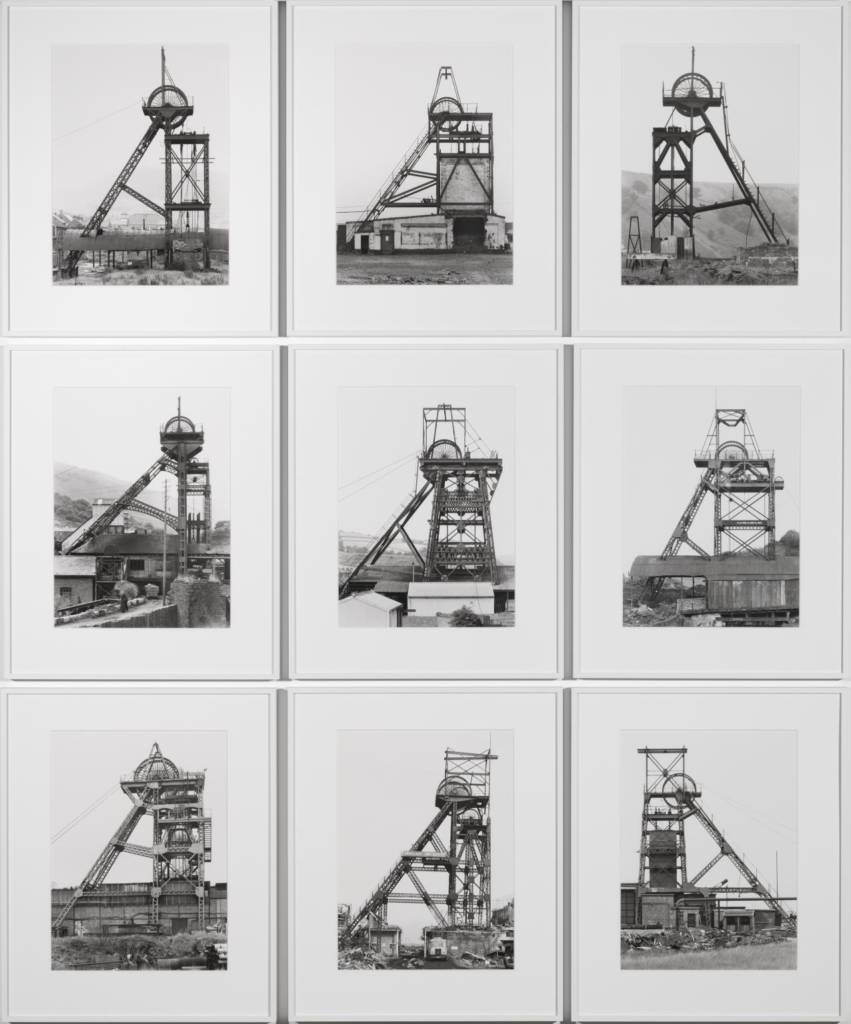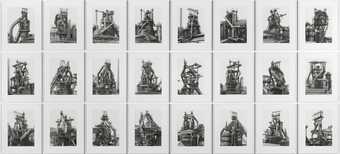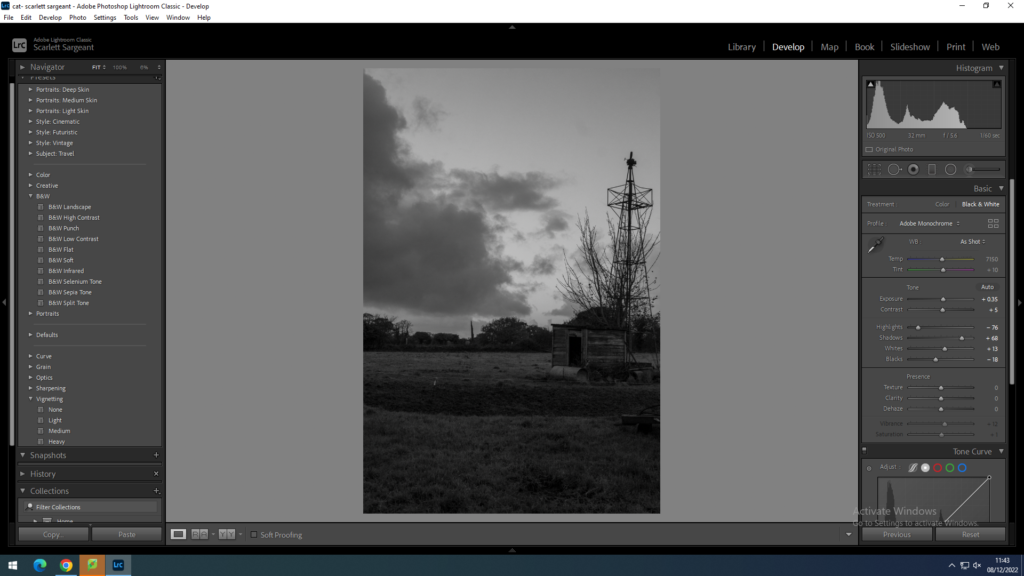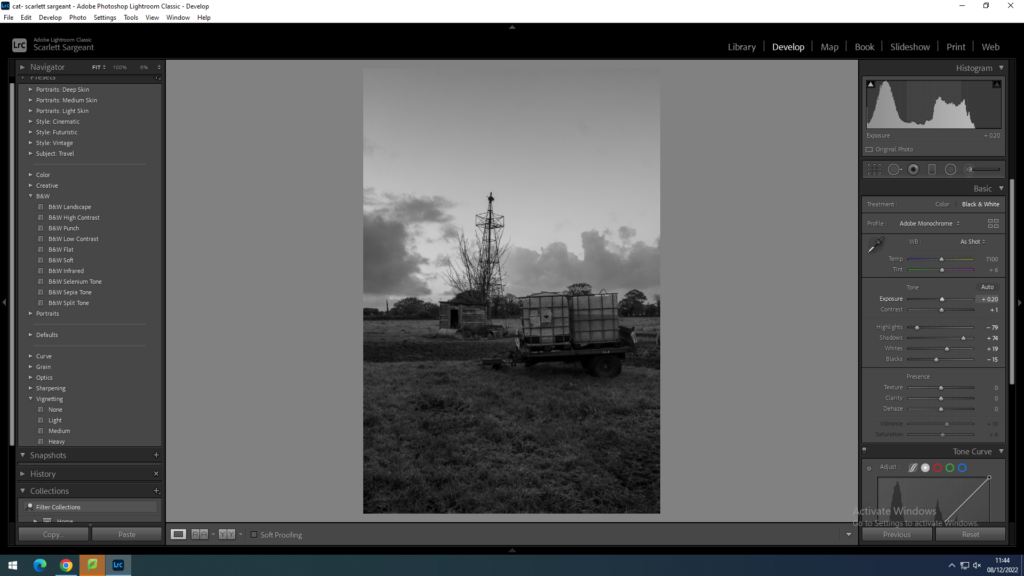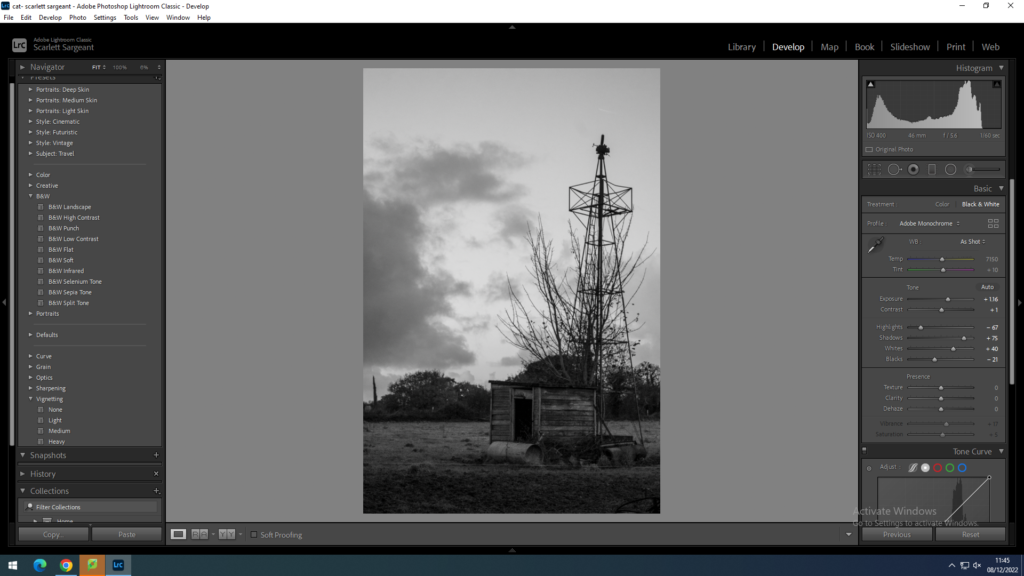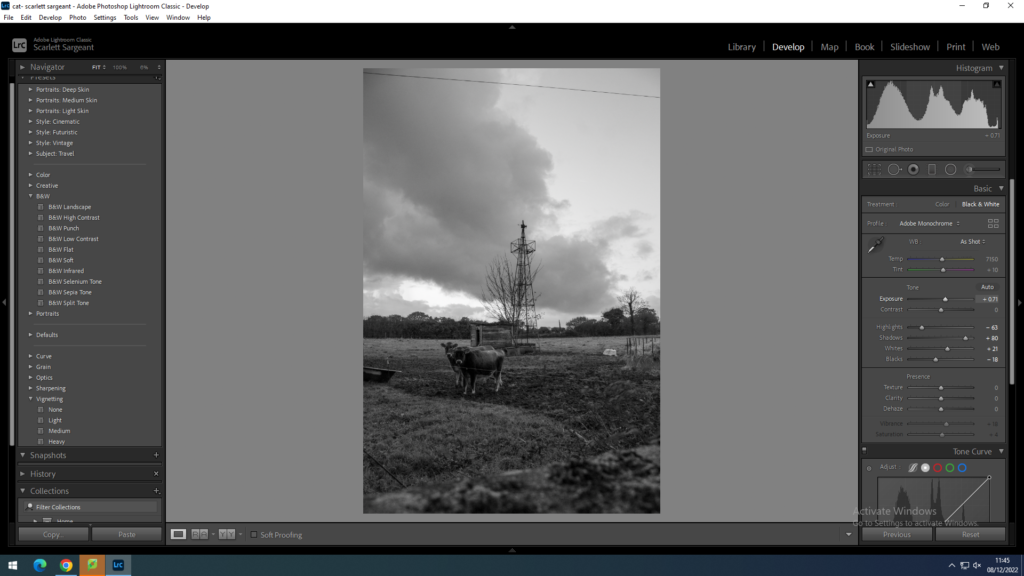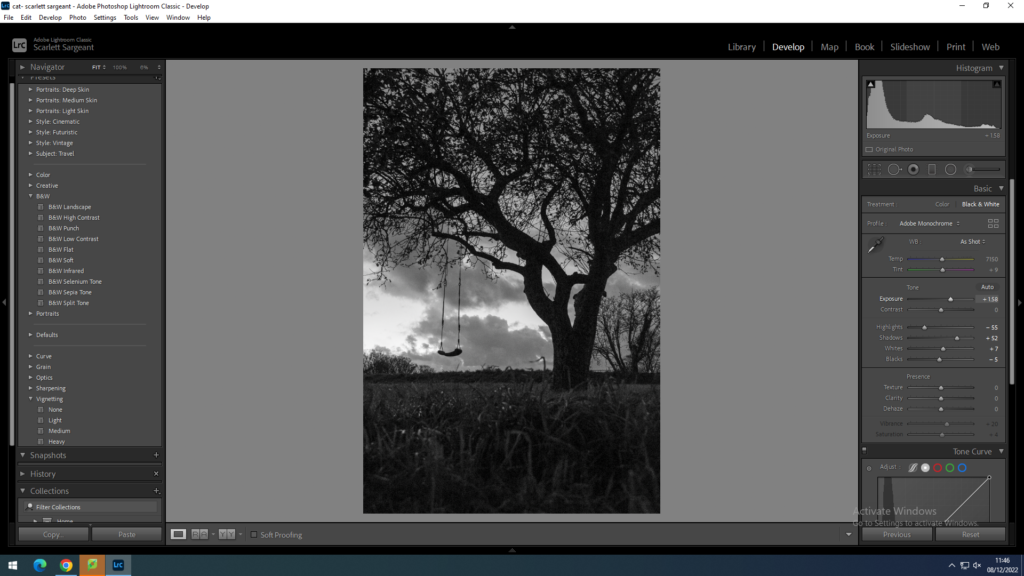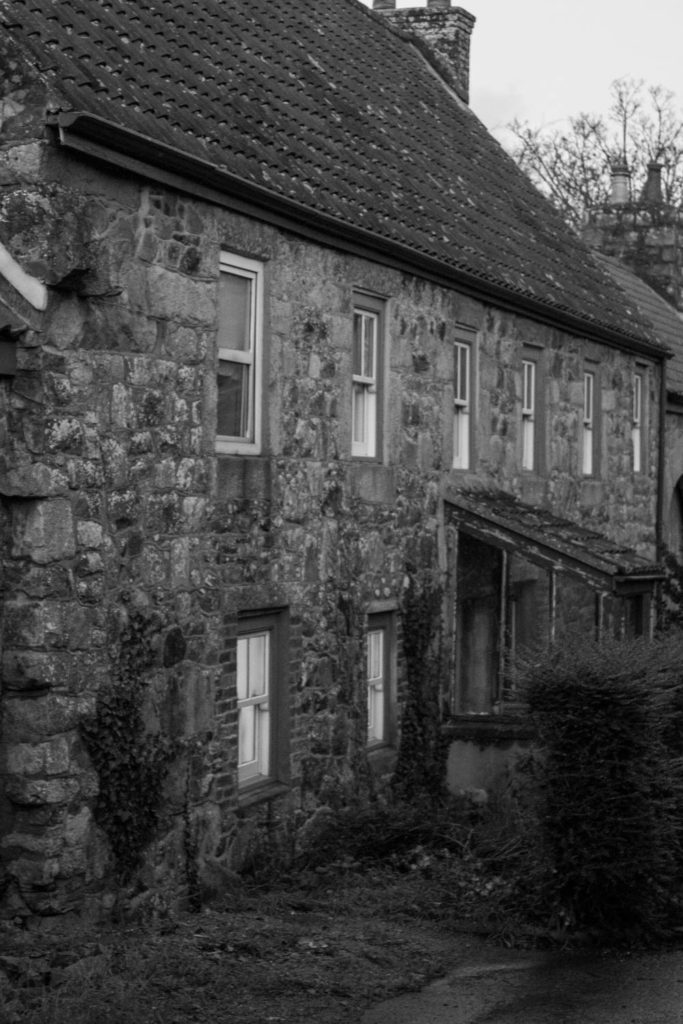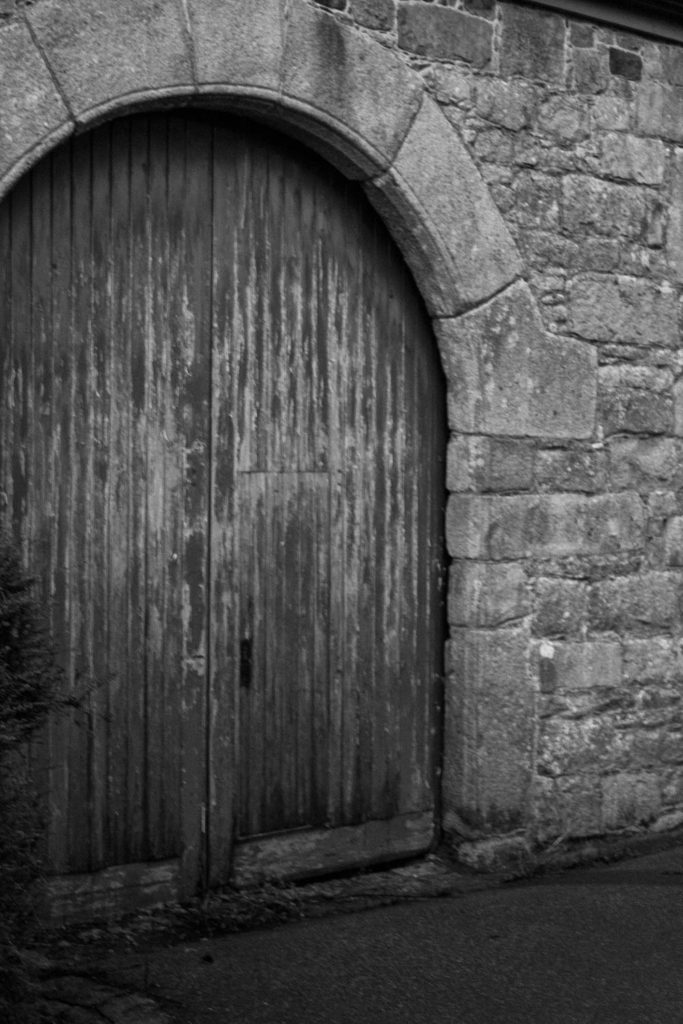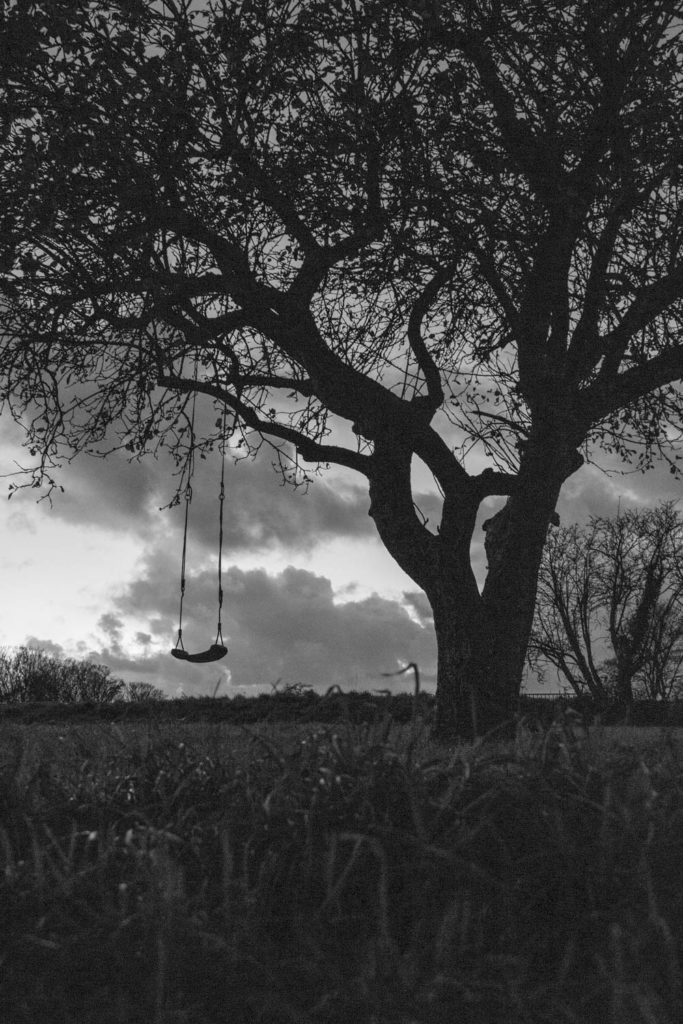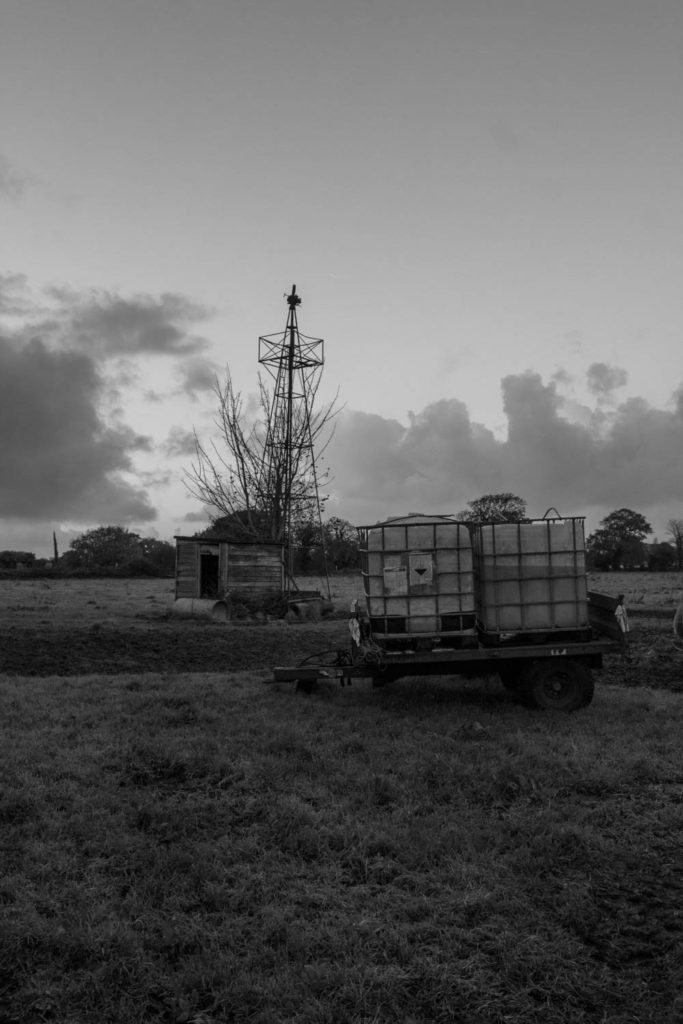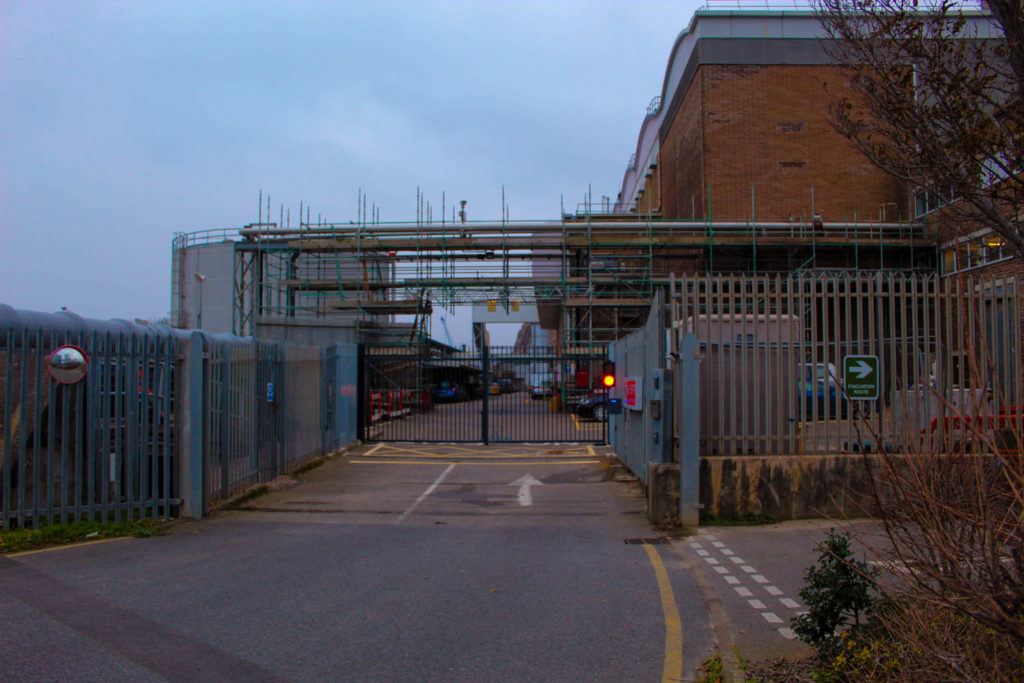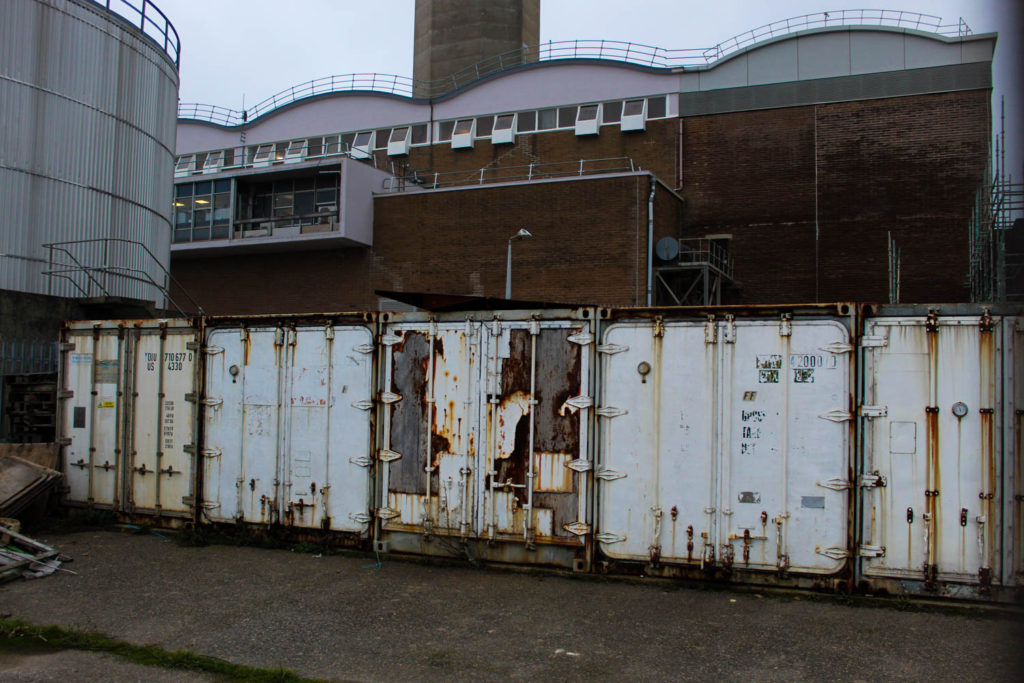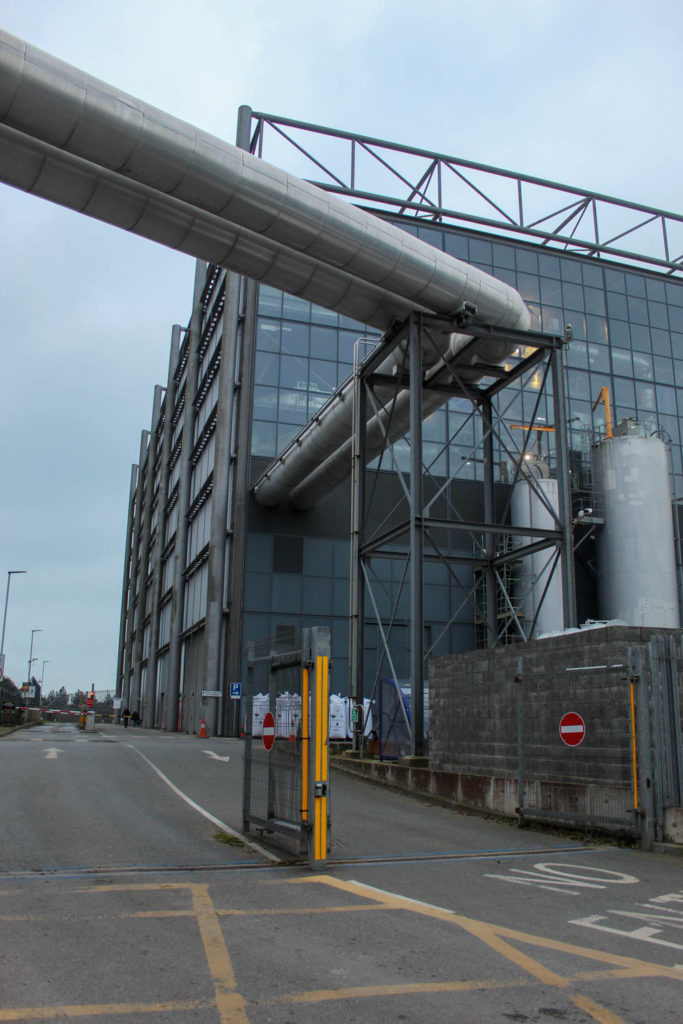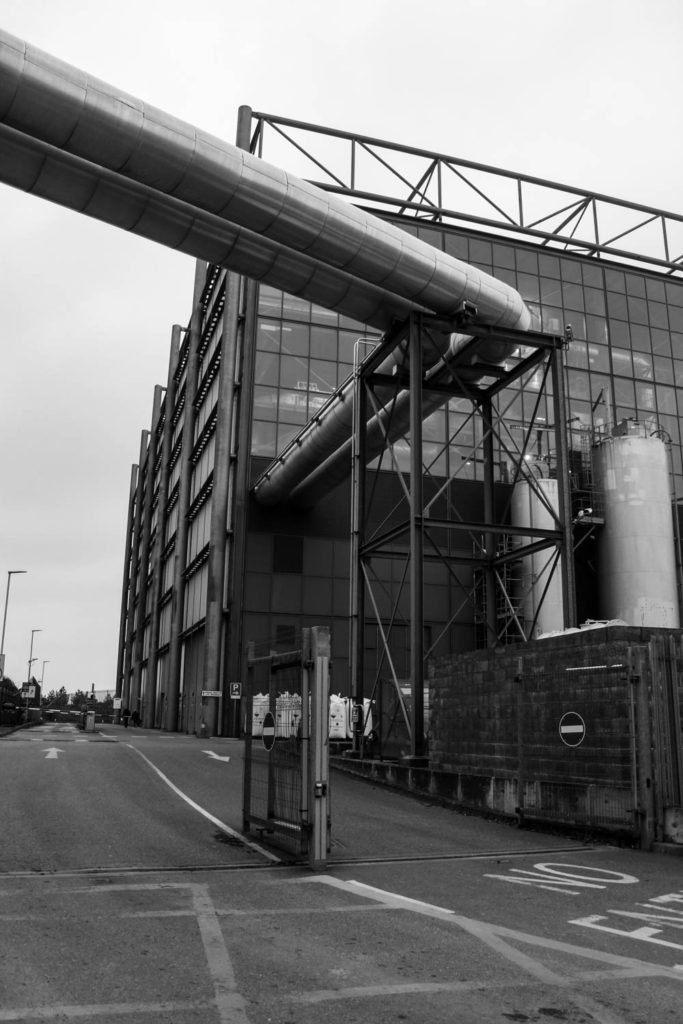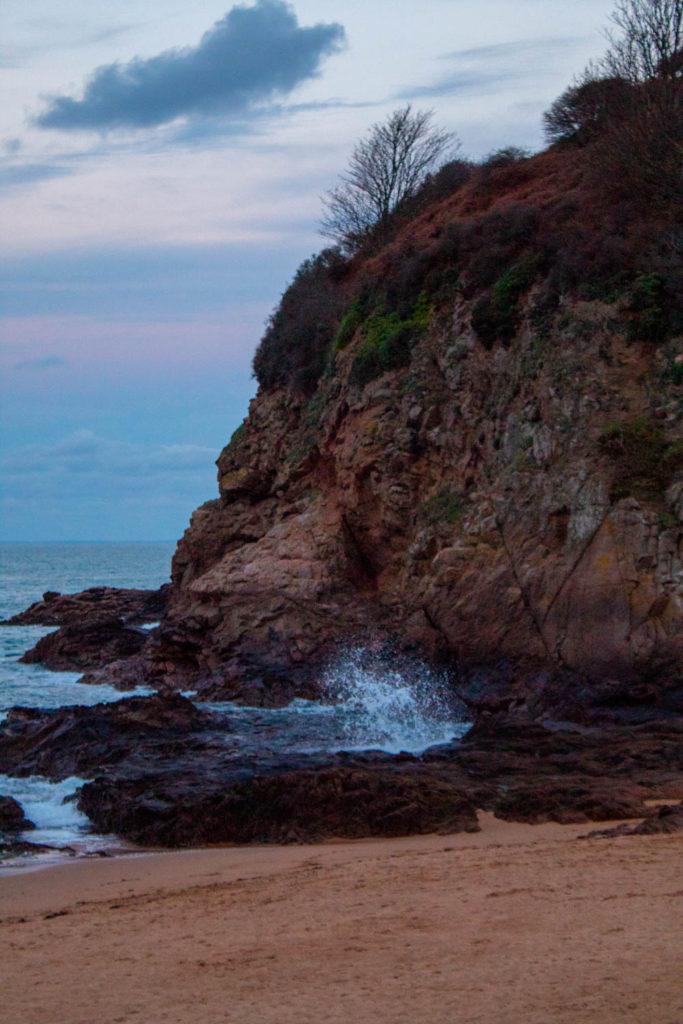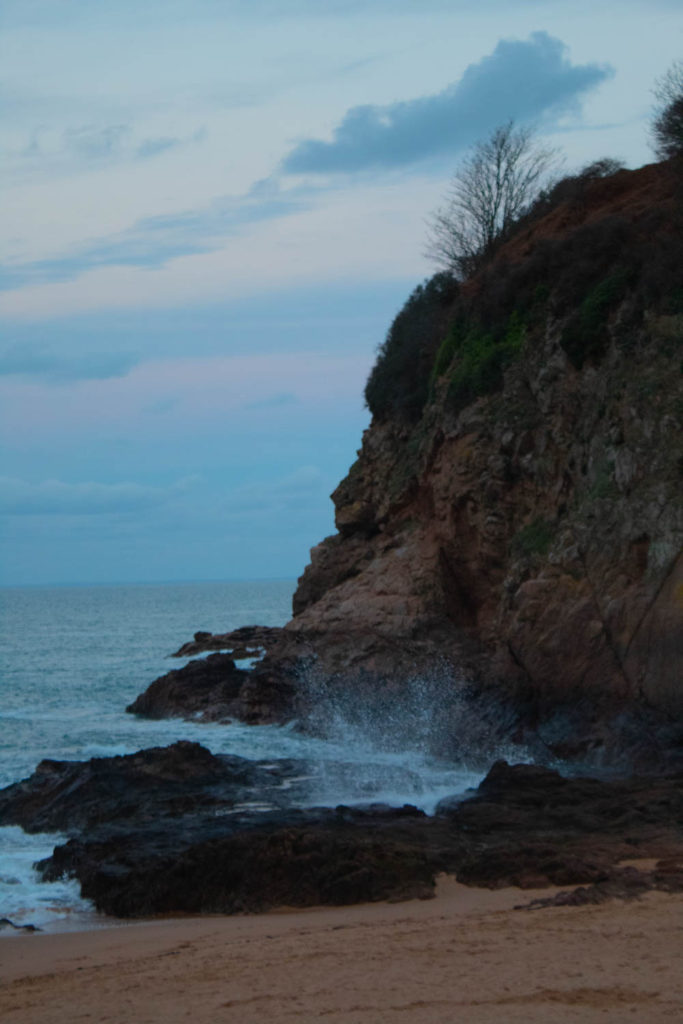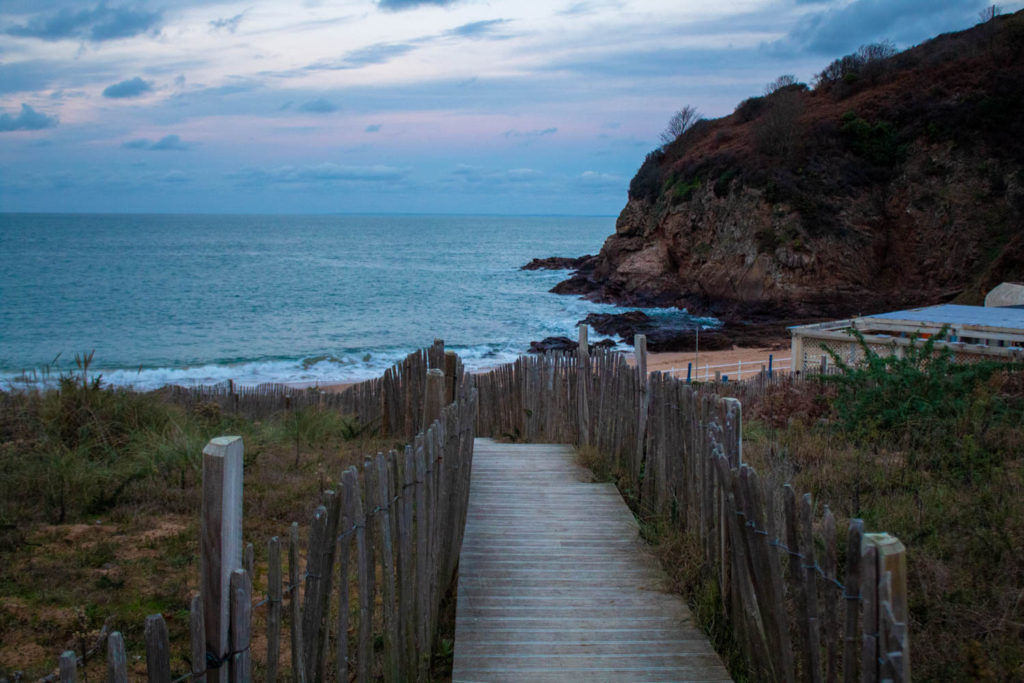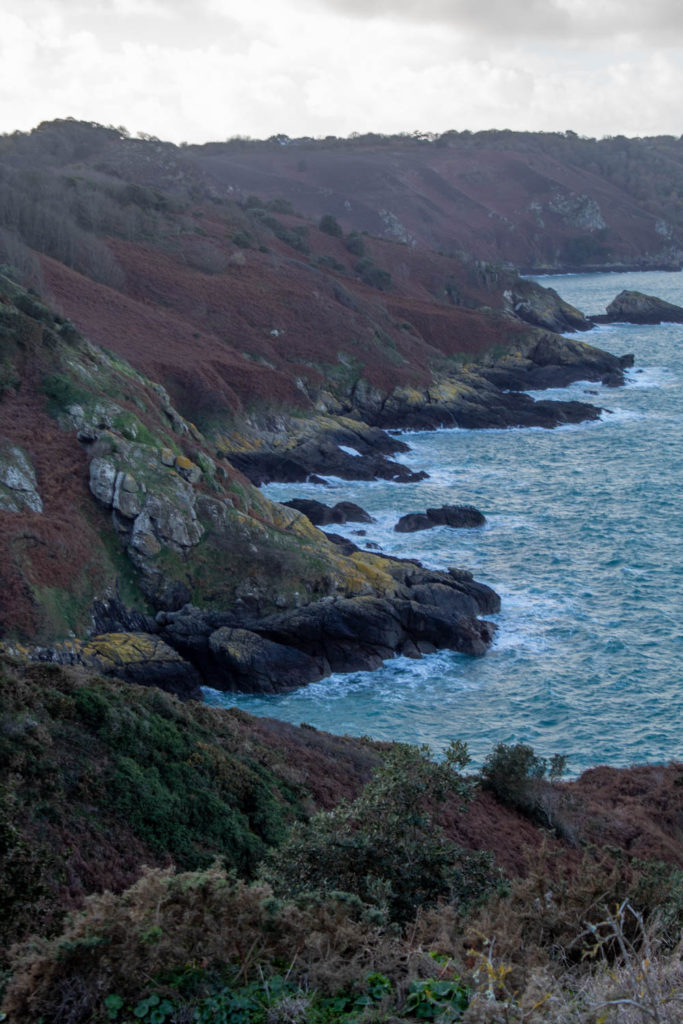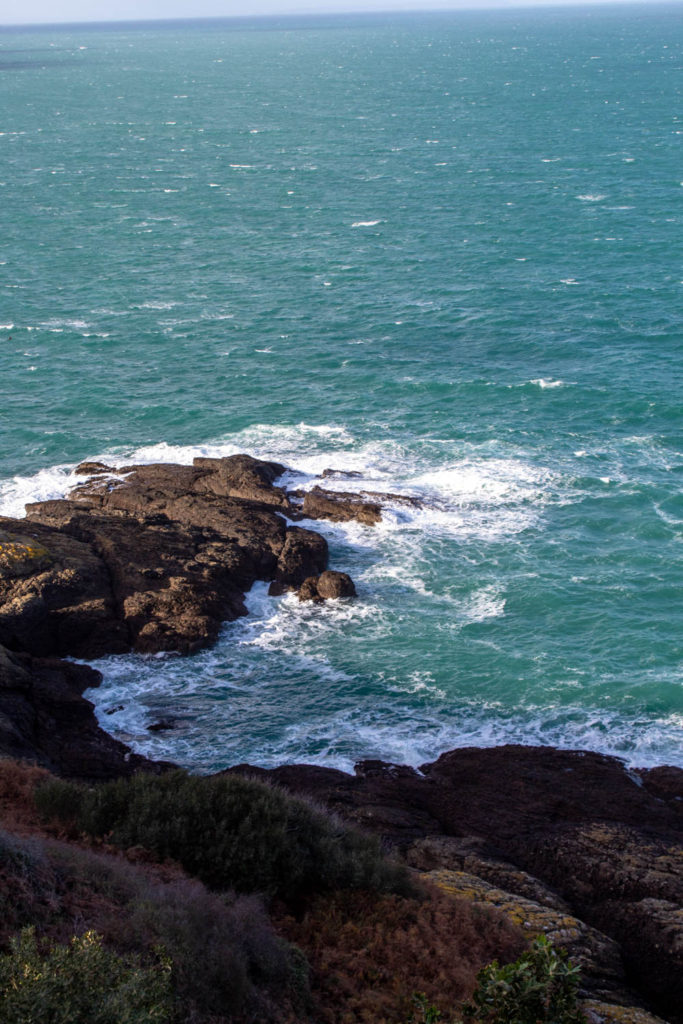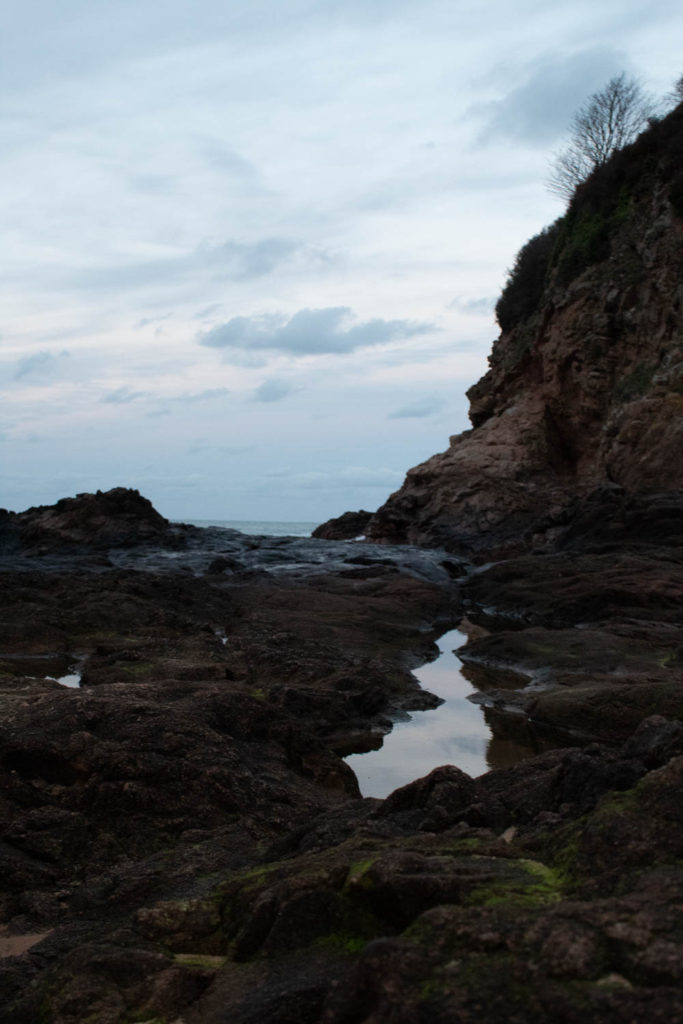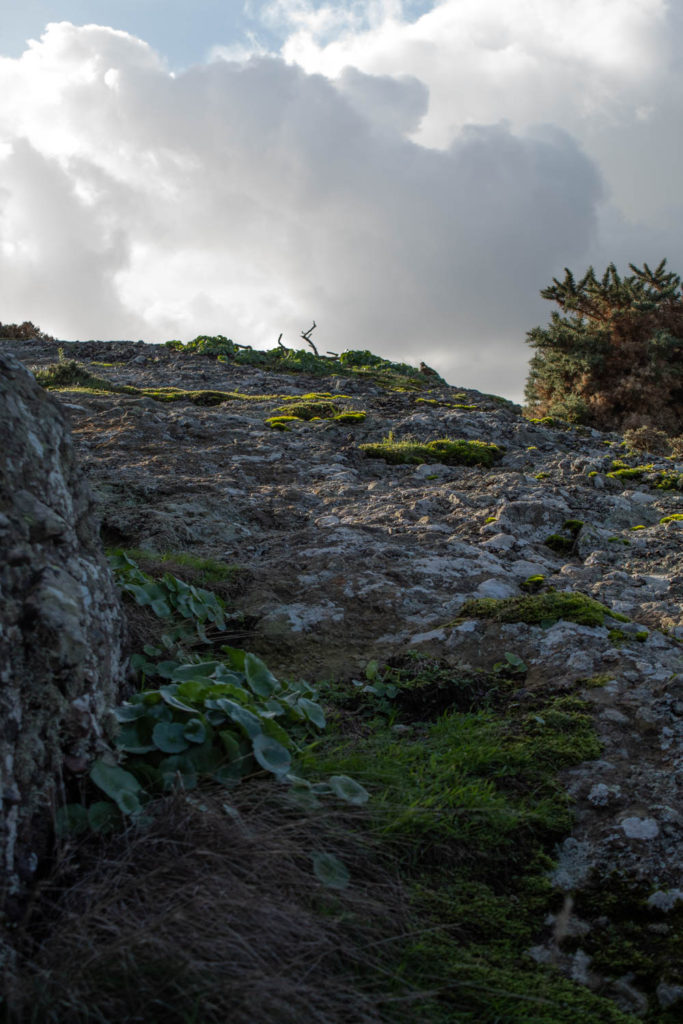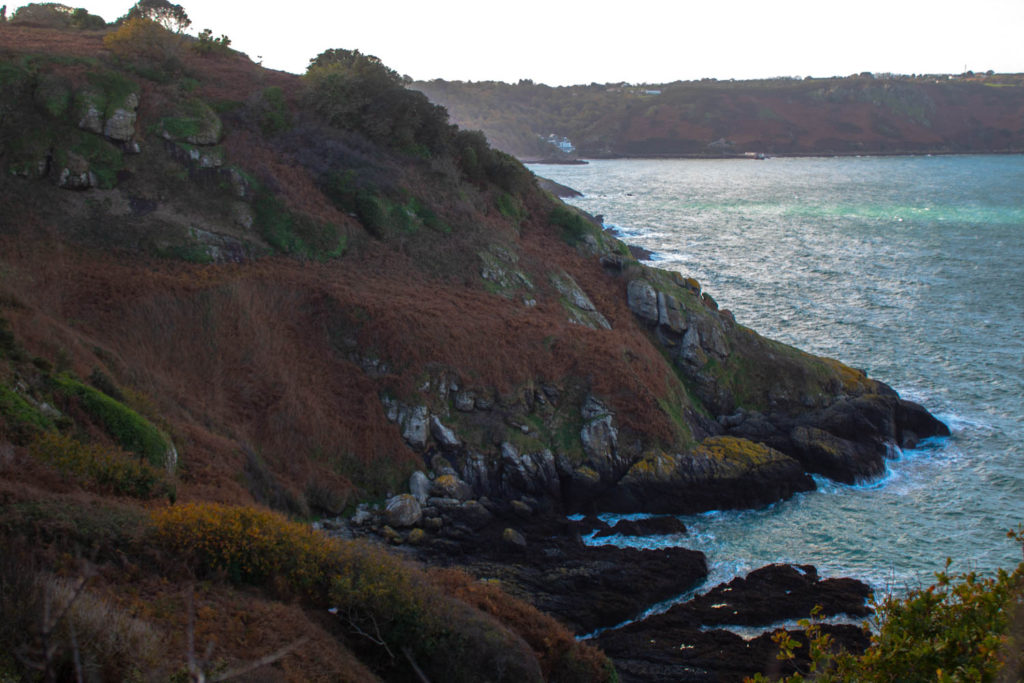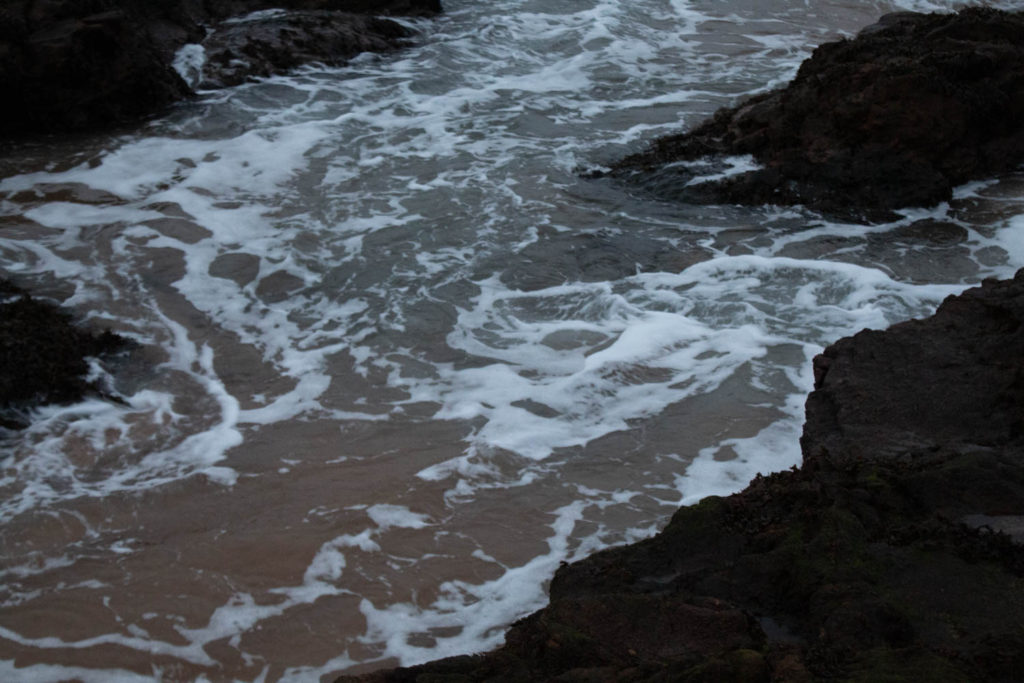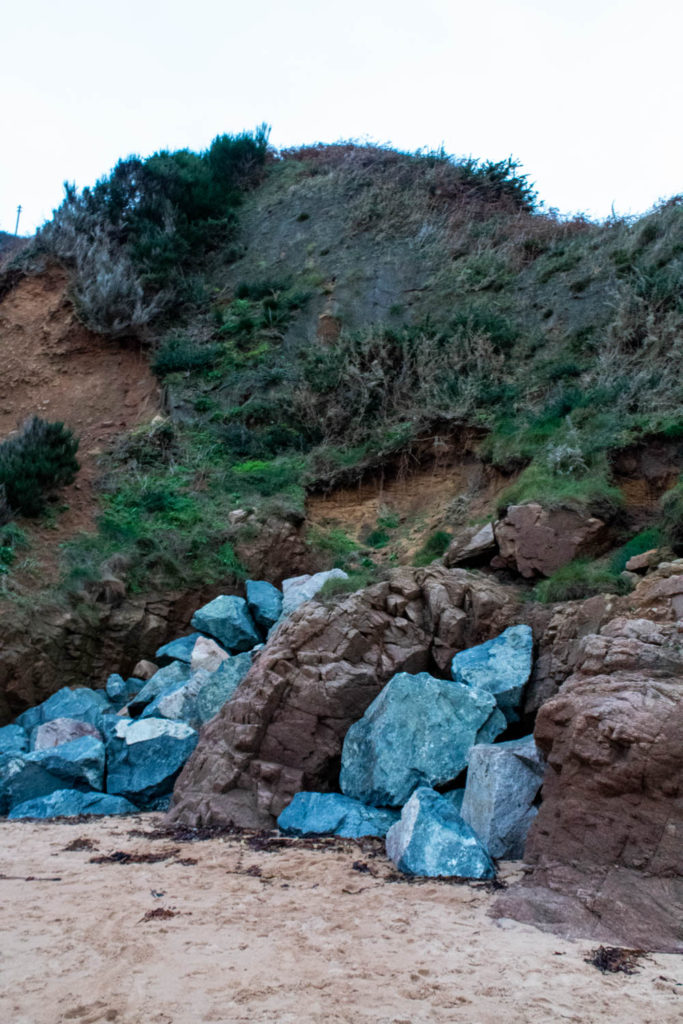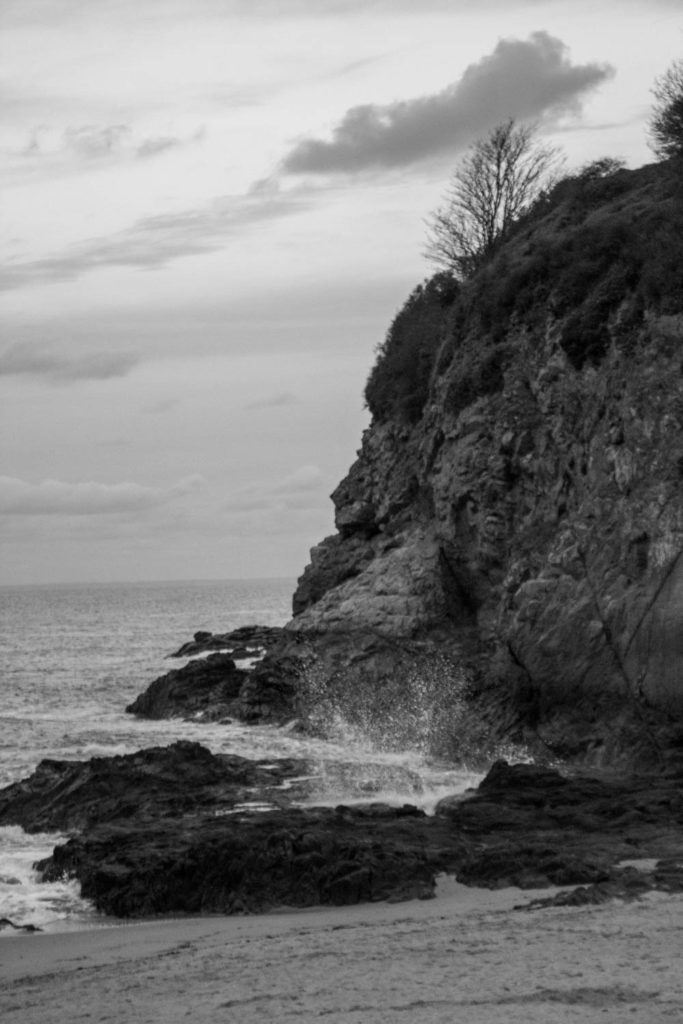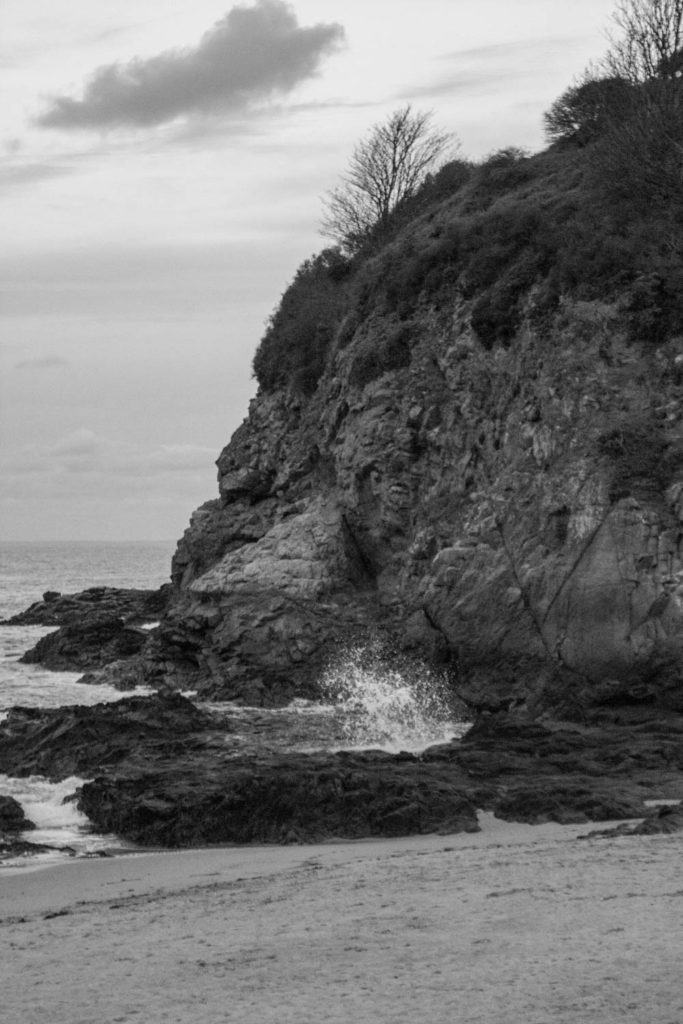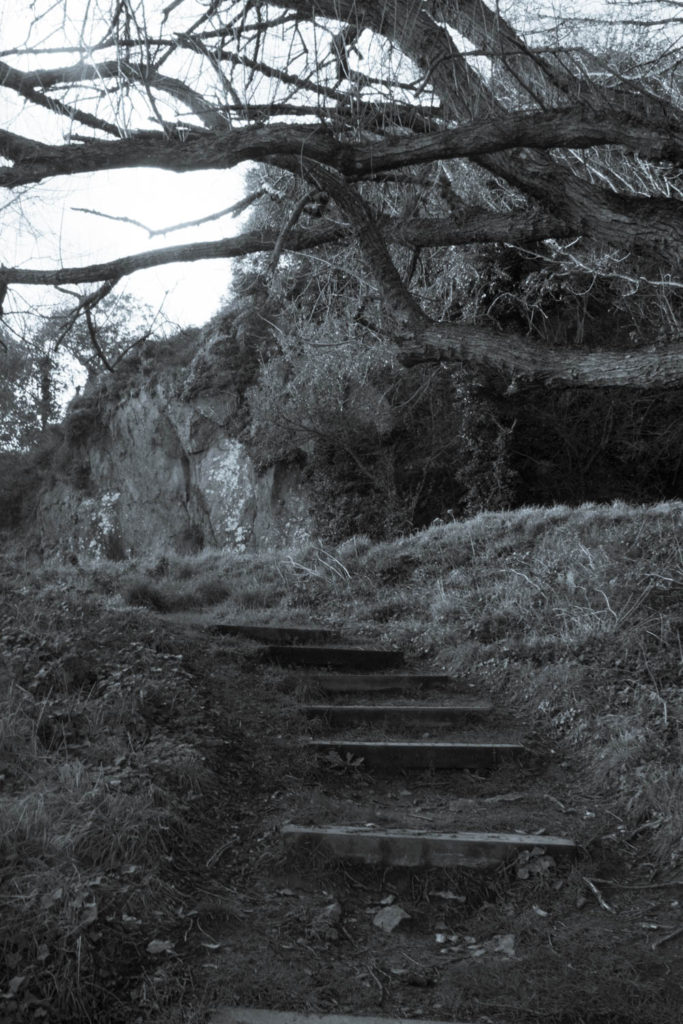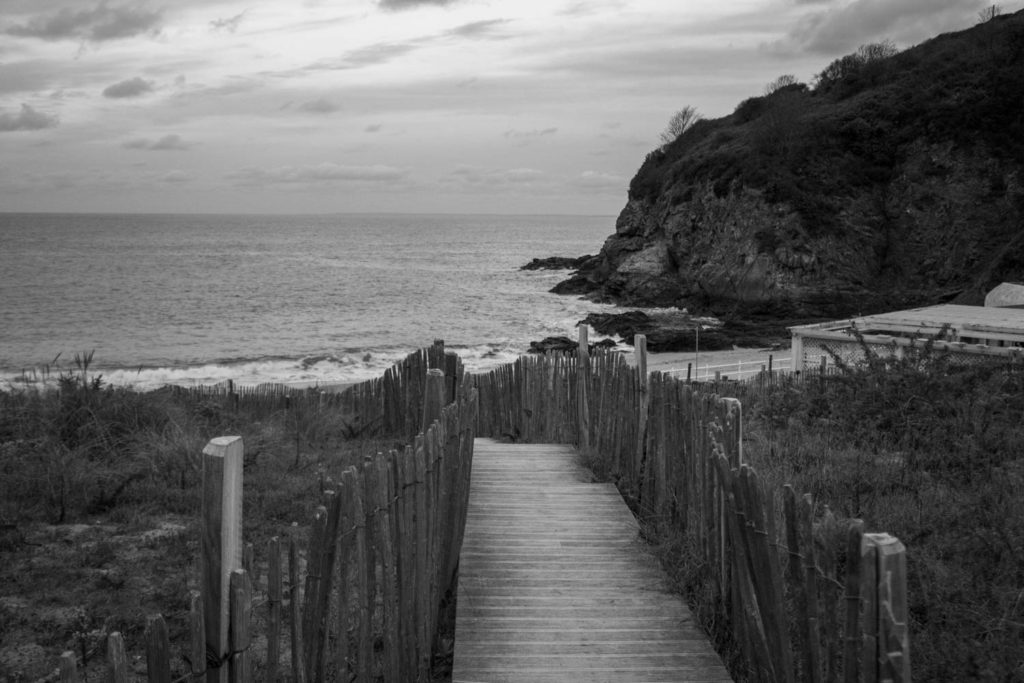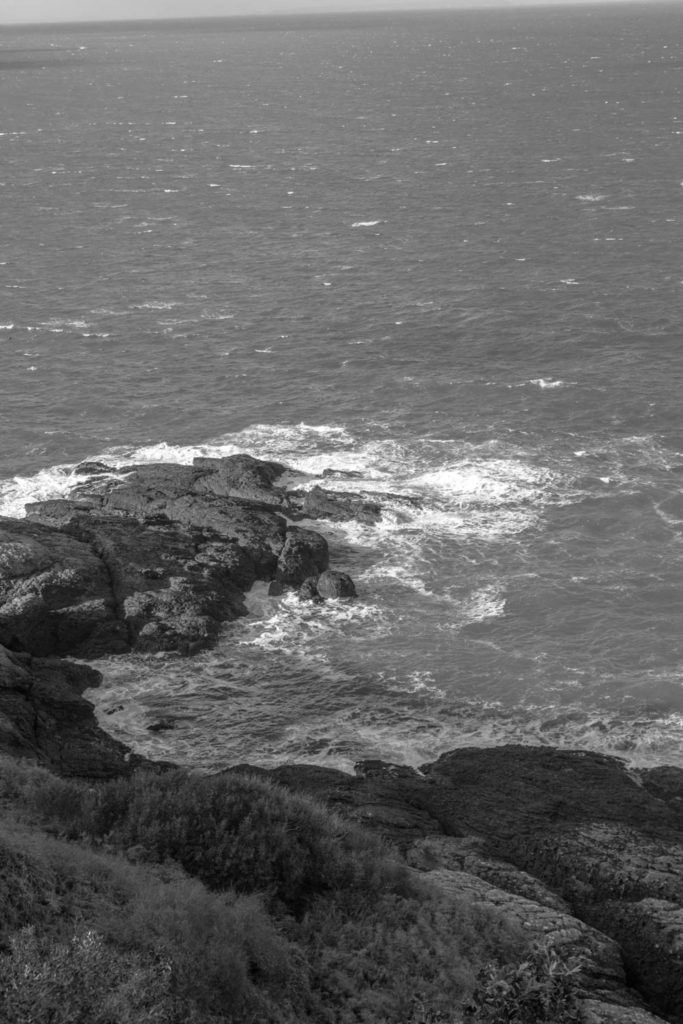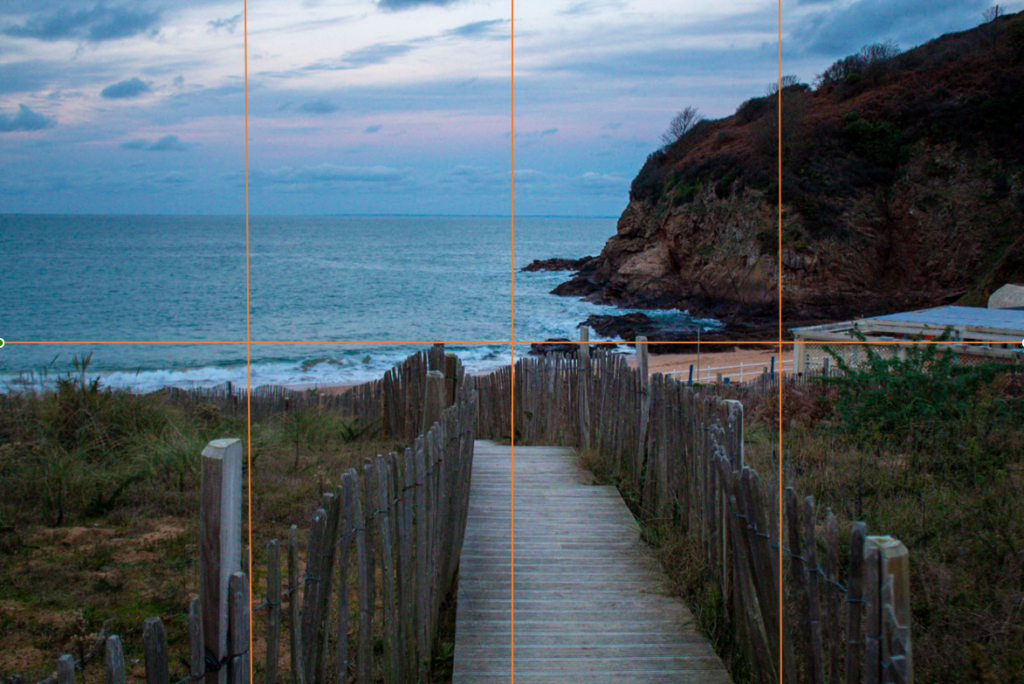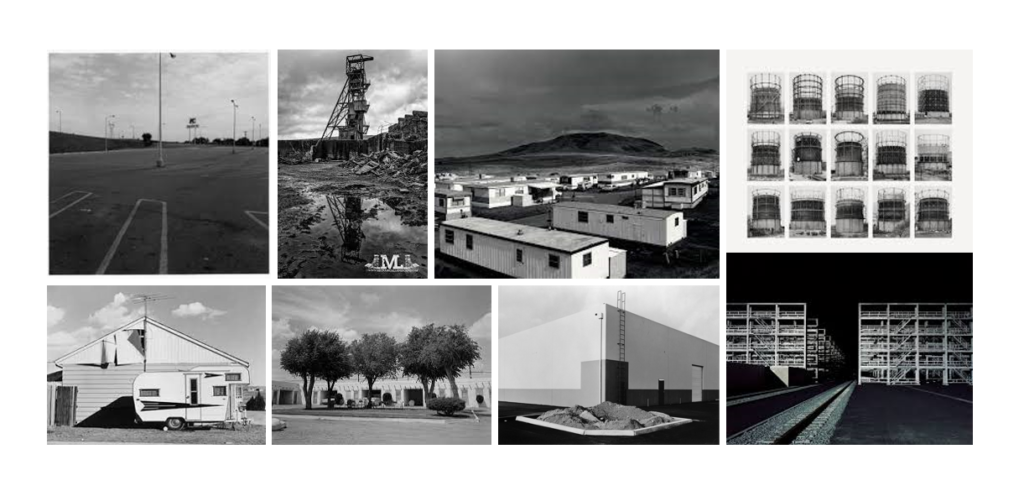Keith Arrnatt
Keith Arnatt, Plastic Bags (Monday Morning), 1990
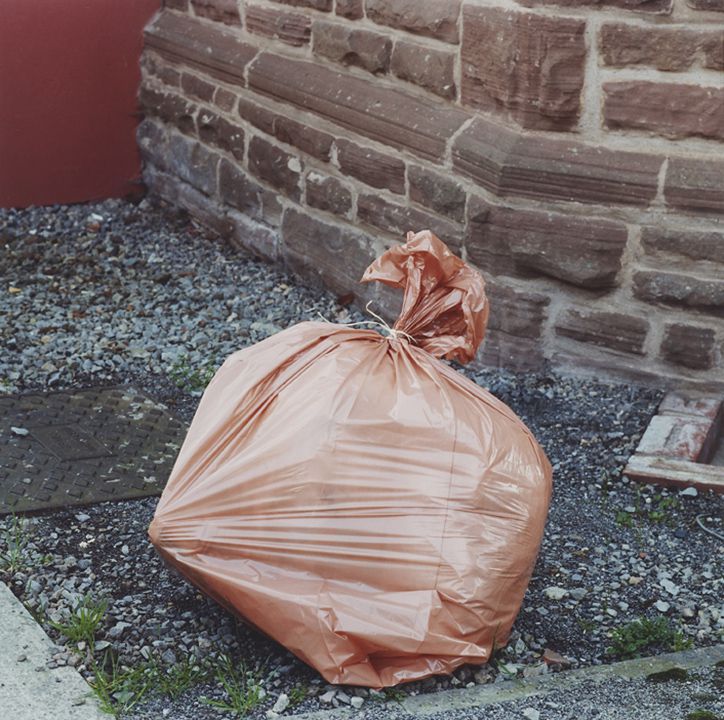

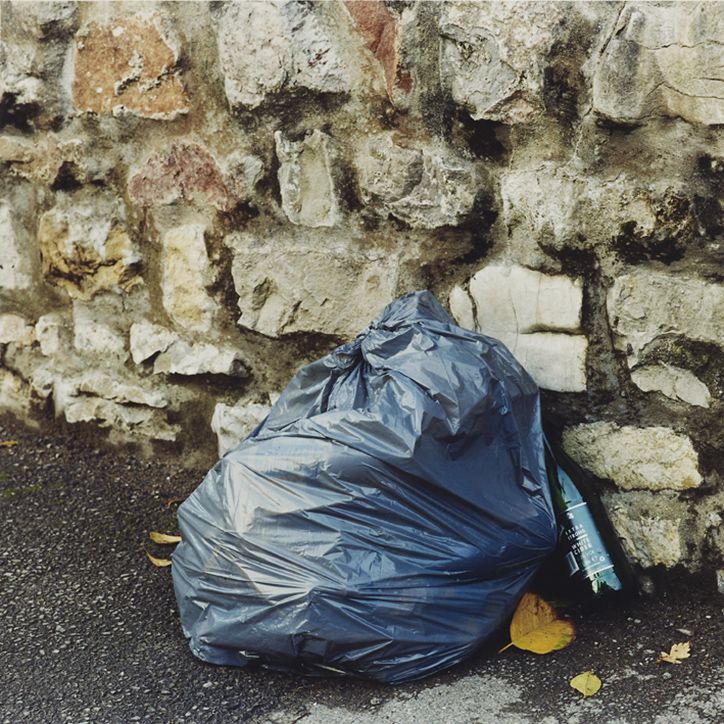
These bags both reflect and diffuse the surrounding daylight, highlighting the varying hues of the rubbish so that the scenes appear brightly coloured and partly abstract. Although the types of rubbish shown and their exact position within the compositions varies slightly, each is presented at an apparently fixed distance from the camera and this, as well as the similar lighting effects used across the five works, creates a sense of cohesion in the series.
Arnatt took the photographs in 1988–9 on multiple trips that he made to the Coleford Tip near his home in Tintern, Monmouthshire. He did not use any artificial light when shooting the frames, relying solely on daylight.
Plastic bag pollution
Every year, around 500 billion plastic bags are used worldwide. 500,000,000,000. Five hundred followed by
nine zeros. That’s a lot of bags. So many that over one million bags are being used every minute and they’re
damaging our environment.
Plastic bags are difficult and costly to recycle and most end up on landfill sites where they take around 300
years to photodegrade. They break down into tiny toxic particles that contaminate the soil and waterways and
enter the food chain when animals accidentally ingest them.
But the problems surrounding waste plastic bags starts long before they photodegrade. Our planet is becoming
increasingly contaminated by our unnecessary use of plastic bags.
Big black bin liners, plastic carrier bags carrying advertising logos, clear sandwich bags and a variety of other
forms are all polluting our environment. They’re lightweight, handy and easily discarded. Too easily discarded
dangers to sea life
Plastic bags are now amongst the top 12 items of debris most often found along coastlines ranging from
Spitzbergen in the north to the Falklands in the south.
Animals and sea creatures are hurt and killed every day by discarded plastic bags – a dead turtle with a plastic
bag hanging from its mouth isn’t a pleasant sight but mistaking plastic bags for food is commonplace amongst
marine animals. Plastic clogs their intestines and leads to slow starvation. Others become entangled in plastic
bags and drown.
Because plastic bags take hundreds of years to break down, every year our seas become ‘home’ to more and
more bags that find their way there through our sewers and waterways. Every bag that’s washed down a drain
during rainfall ends up in the sea – every bag that’s flushed down a toilet (many small bags are), ends up in the
sea – every bag that’s blown into a river will most likely end up in the sea.
Add to that the enormous amounts of energy that’s used every year in order to manufacture these bags and it’s
no surprise that pressure is being put on governments to make changes and consumers to re-think their
attitudes.
Mandy Barker
Mandy Barker is an international award-winning photographic artist whose work involving marine plastic debris for more than 13 years, has received global recognition. Working with scientists she aims to raise awareness about plastic pollution in the world’s oceans, highlighting the harmful affect on marine life, climate change and ultimately ourselves – leading the viewer to take action.
All her work is collages of debris that she finds on the beach. I personally believe this is an effective method of highlighting pollution in a physical way as. i am attracted to her work as each image is similar but very different at the same time. i also think that the black background is an effective against the bright colours of the balls in the photo below.


in this project Mandy posted on social media for people to collect footballs to create a collage and to project how impactful plastics are to the environment. in total 992 marine debris balls were recovered from the world’s oceans in just 4 months. 769 footballs and pieces of, with 223 other types of balls were collected from 41 different countries and islands and from 144 different beaches, by 89 members of the public.

The photo above shows the debris of balloons after being released into the air and traveling up to 5 miles away and bursting, leaving them floating in the sea to either be washed up onto the beach or be eaten by sea creatures. This is an effective image, due to the harsh contrast between the black background and the bright vibrant colours of the balloons. Starting from the top left hand side corner, you can see the larger pieces on rubbish slowly get smaller due to the plastics degrading as you follow it down to the bottom right hand side corner. This creates the effect of of the plastic moving or even sinking.

Mandy arranged discarded PVC fishermen’s gloves to look like coral and then photographed them in her home studio. “Corals are destroyed when discarded fishing equipment – such as overalls, gloves, damaged lobster pots and nets – drags along the ocean floor,” she explains. Taken on a Canon EOS 500D with a Canon EF 24-70mm f/2.8L lens at 2 sec, f/16 and ISO 400. source:



